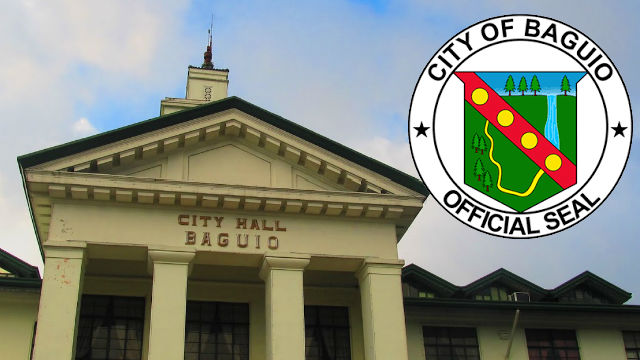Article 1174 of the Civil Code of the Philippines states: “Except in cases specified by law, or when it is otherwise declared by stipulation, or when the nature of the obligation requires the assumption of risk, no person shall be responsible for those events which, could not be foreseen, or which though foreseen were inevitable.”
In other words, one could not be held liable for destruction or damage because of “acts of God” such as typhoons, earthquakes, floods or “acts of man” such as wars, strikes, or riots. In an instance where a parked car is blown by the wind due to a typhoon and slams onto the house of another, the car owner cannot be held liable for the damage because a typhoon is a fortuitous event and as stated in Art. 1174 of the Civil Code, no person shall be responsible for the damage. During the occurrence of natural calamities such as typhoons, Filipinos often endure loss of properties, livelihood, and unfortunately even life and have probably accepted it as part of their lives since more or less twenty typhoons pass through the country every year. It is probably due to this that Filipinos more or less, blame anyone for the damages during typhoons and instead help one another rebuild and salvage whatever remains of their properties and move on with life as usual. But are there instances where someone can still be held liable even if the damage was due to a fortuitous event?
NPC vs CA
The National Power Corporation (NPC), the operator of the Angat Dam at that time, was sued for damages caused upon several persons when the Dam opened its spillway and inundated some areas downstream. At that time in 1978, typhoon “Kading” was raging through the country and the Dam accumulated rainwater making it necessary to spill the excess. The flood caused some deaths and destruction of houses and other belongings and several of the survivors were only able to escape the inundation by climbing trees. They alleged that there was no warning from the dam management before the sudden release of the water. The NPC denied that the release was sudden. It alleged that before opening the gates, warnings were already sent to the proper authorities. Ultimately, NPC countered saying, the respondents assumed risk by living or putting up their residences downstream of the spillway knowing full well that a huge volume of water can be released when needed. The Regional Trial Court found NPC liable and ordered it to pay damages to the plaintiffs. The Court of Appeals sustained the decision of the trial court.
NPC is liable The Supreme Court agreed with the findings of the trial court and the Court of Appeals. The Court said: “although the typhoon “Kading” was an act of God, petitioners can not escape liability because their negligence was the proximate cause of the loss and damage” (G.R. No. 96410 July 3, 1992) It was found that the release of the water was not gradual and it was even done late in the evening until dawn the following day making matters worse. The notice that was given by NPC was insufficient. It was addressed to “ALL CONCERNED” and it was not even addressed or delivered to the proper authorities. The truth is, it was given to some policemen who had no authority to order the evacuation or mobilization of needed personnel or resources to avert the imminent destruction. “It has been held in several cases that when the negligence of a person concurs with an act of God producing a loss, such person is not exempt from liability by showing that the immediate cause of the damage was the act of God. To be exempt he must be free from any previous negligence or misconduct by which the loss or damage may have been occasioned.” The direct cause of the damage was due to the negligence of NPC who might have averted it by taking the correct actions or precautions.















